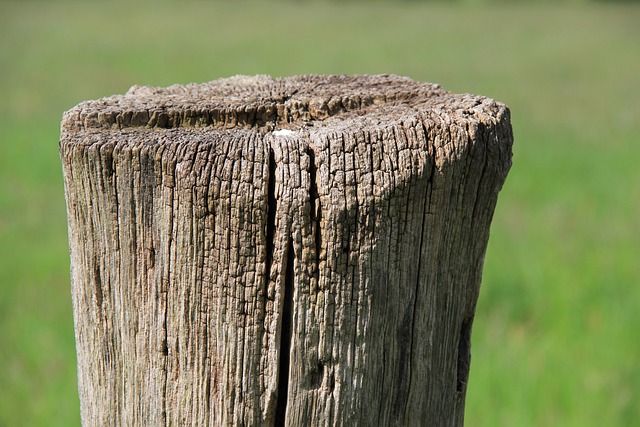Keep Your Large Property Safe & Stylish Without Breaking the Bank: Discover Cost-Effective Fencing Solutions
Managing a sprawling property comes with unique fencing challenges. This article explores affordable yet durable fencing solutions tailored for large-scale installations. We delve into popular materials, from economical options like vinyl and chain link to eco-friendly choices like reclaimed wood. Learn expert installation tips ensuring both longevity and aesthetic appeal, as well as maintenance strategies designed to minimize future costs.
- Understanding Cost-Effective Fencing Needs for Large Properties
- Popular Budget-Friendly Fencing Materials and Designs
- Installation Tips for Longevity and Aesthetics
- Maintenance Strategies to Save on Long-Term Costs
Understanding Cost-Effective Fencing Needs for Large Properties
When considering fencing solutions for large properties, cost-effectiveness is a primary concern for many property owners. The size and scale of these lands often require extensive fencing to define boundaries, contain livestock, or enhance security. However, balancing the need for durability, functionality, and affordability can be challenging. Understanding specific requirements unique to large properties is crucial in selecting suitable fencing materials and methods.
Factors such as terrain complexity, climate conditions, and intended use play a significant role in determining the best cost-effective approach. For instance, durable, low-maintenance options like vinyl or composite fencing might be ideal for flat, open spaces but may not withstand harsh weather conditions or rugged landscapes as effectively as more robust materials like wrought iron or chain link. Proper planning, taking into account these variables, ensures that fencing investments are both economical and efficient in the long term.
Popular Budget-Friendly Fencing Materials and Designs
When it comes to fencing large properties on a budget, there are several cost-effective materials and designs that offer both functionality and aesthetic appeal. One popular choice is vinyl fencing, known for its durability and low maintenance requirements. Vinyl comes in various colors and styles, from traditional picket fences to more modern, sleek designs, allowing homeowners to find an option that matches their property’s unique character.
Another budget-friendly material gaining traction is wood, specifically pressure-treated cedar or pine. These natural materials are not only cost-effective but also provide a warm, inviting look to any property. Traditional wooden picket fences or post-and-rail designs can be constructed with ease and at a fraction of the cost of more elaborate metal or concrete options. Moreover, these materials are relatively easy to install, making them an attractive DIY project for those looking to save on installation costs.
Installation Tips for Longevity and Aesthetics
When installing fencing on large properties, prioritizing both longevity and aesthetics is essential to ensure your investment stands the test of time and enhances your landscape beautifully. One key tip is to choose materials that are durable and suitable for outdoor conditions. Rust-resistant metals or high-quality vinyl, for instance, can offer superior strength while withstanding various weather events. Ensure proper grounding for metal fences to prevent damage from lightning strikes.
For a more natural look, consider using wooden posts and rails, treating the wood with preservatives to guard against rot and insect infestation. Regular cleaning and sealing will also contribute to its longevity. Proper installation involves leveling the fence line and ensuring posts are securely set in the ground, typically requiring digging holes that are deep enough to support the weight of the fence. Use concrete to reinforce the posts for added stability, especially in areas prone to strong winds or heavy traffic.
Maintenance Strategies to Save on Long-Term Costs
Regular maintenance is key to keeping fencing costs down over time, especially for large properties. A simple cleaning routine can prevent buildup of dirt, debris, and moss, which may require costly repairs or replacement. Inspecting fences regularly for signs of damage, such as broken rails, loose posts, or rot, allows for quick fixes that prevent minor issues from turning into major expenses.
Painting or sealing wooden fences periodically is an effective way to protect them from the elements, prolonging their lifespan and reducing the need for frequent replacements. Automated watering systems can be utilized for efficient cleaning, while power washing can remove stubborn grime. These proactive measures ensure your fence remains in top condition, saving you money in the long run.
